9 places that don't officially exist
Going nowhere

BIROL BEBEK/AFP via Getty Images
The phrase ‘in the middle of nowhere’ takes on a deeper meaning for these places that – for various and complex reasons – don’t fall under the official definition of a state. We’ve kept our list to places that are neither United Nations members nor observers, alongside places that aren't recognised by any UN members or – in the case of the Republic of Somaliland – any nations at all.
Here are some of the world’s most fascinating places that don’t officially exist.
Sahrawi Arab Democratic Republic
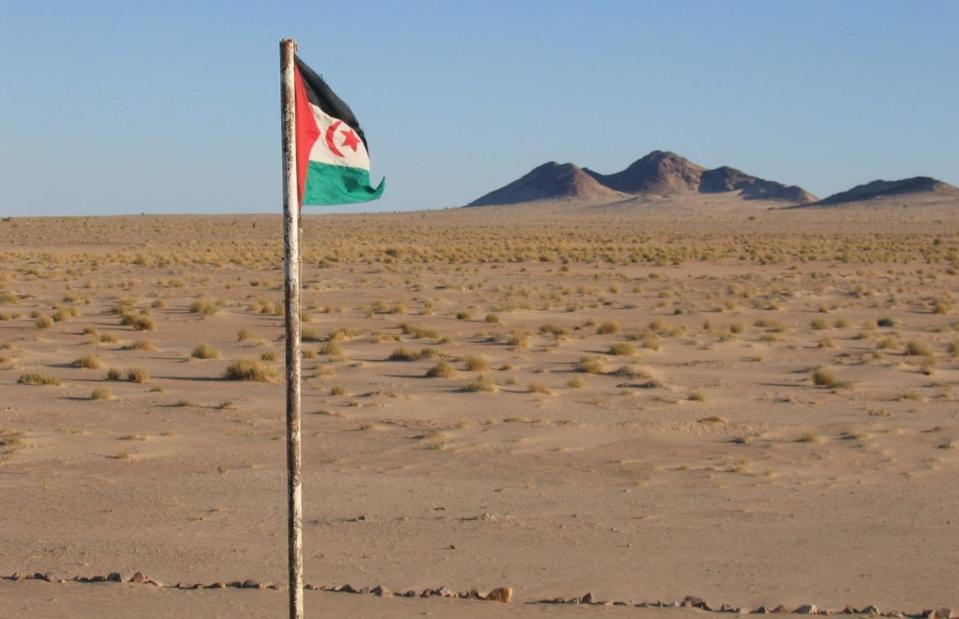
Nick Brooks/Flickr/CC BY-NC-ND 2.0
The Sahrawi Arab Democratic Republic (SADR) – also known as the Saharawi Arab Democratic Republic or Saharan Arab Democratic Republic – was declared in 1976. Attempts by the SADR (flag pictured) to be officially recognized as an independent state have, however, been constantly thwarted. This swathe of the Western Sahara was previously a Spanish colony, with Morocco annexing the region after Spain's withdrawal.
Sahrawi Arab Democratic Republic
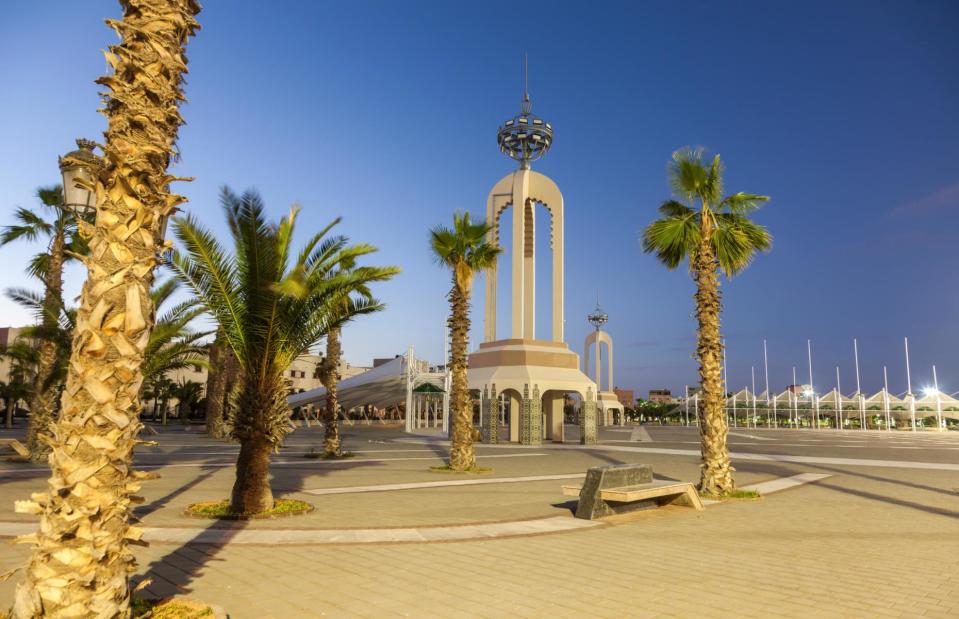
Henryk Sadura/Shutterstock
The Sahrawis are the indigenous nomadic inhabitants of the Western Sahara and make up the majority of members of the Polisario Front, an organization based in Algeria. It was this group that swiftly declared the region’s independence and established a government-in-exile following Spain’s departure, battling Morocco and neighboring Mauritania for control. The latter ceded in 1979, prompting Morocco to lay claim to the whole territory, whose capital is Laayoune, home to the Place du Méchouar (pictured).
Sahrawi Arab Democratic Republic
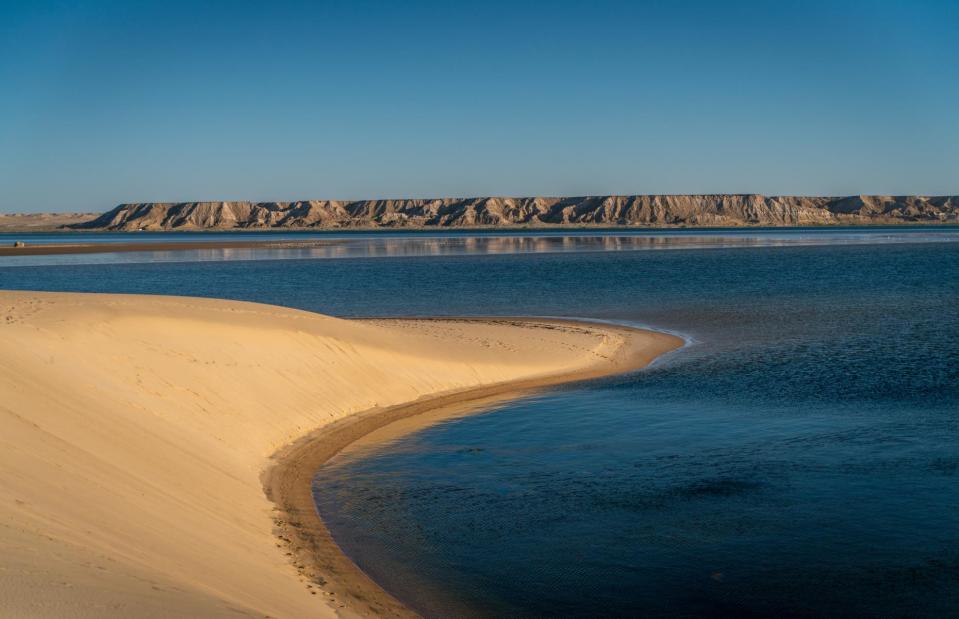
Skalli Photography/Shutterstock
A UN-brokered ceasefire ended the long war in 1991 but the fight for independence is ongoing. Referendums on the region’s independence were promised from the 1990s onwards but never happened, with Moroccan leadership eventually saying it was no longer an option. Because of this, the status of the SADR – whose government remains in exile in Algeria, where there are also several Sahrawi refugee camps – is still uncertain to say the least. Pictured is Dakhla, a city and popular kitesurfing spot on a sandy peninsula within the disputed territory.
Sahrawi Arab Democratic Republic

Henryk Sadura/Shutterstock
Western Sahara has been recognized on the UN’s list of Non-Self-Governing Territories since 1963, with a population of around 567,000. Its independence has at various points been acknowledged by other countries. It's still not officially recognized as an autonomous state, however, and remains a disputed territory with a buffer strip of landmines and fortifications separating the Polisario Front-controlled eastern area from the west, under Morocco. This photo captures more ornate architecture in Laayoune.
Pridnestrovian Moldavian Republic

maloff/Shutterstock
The Pridnestrovian Moldavian Republic – more commonly referred to as Transnistria – declared independence in 1990, just before the collapse of the Soviet Union. Yet it’s only recognized as an autonomous state by three non-UN members who also happen to be on our list: Abkhazia, Artsakh and South Ossetia. Despite this, Transnistria has a president along with its own laws and infrastructure. This photo shows Bendery Fortress, a 16th-century Ottoman structure.
Pridnestrovian Moldavian Republic
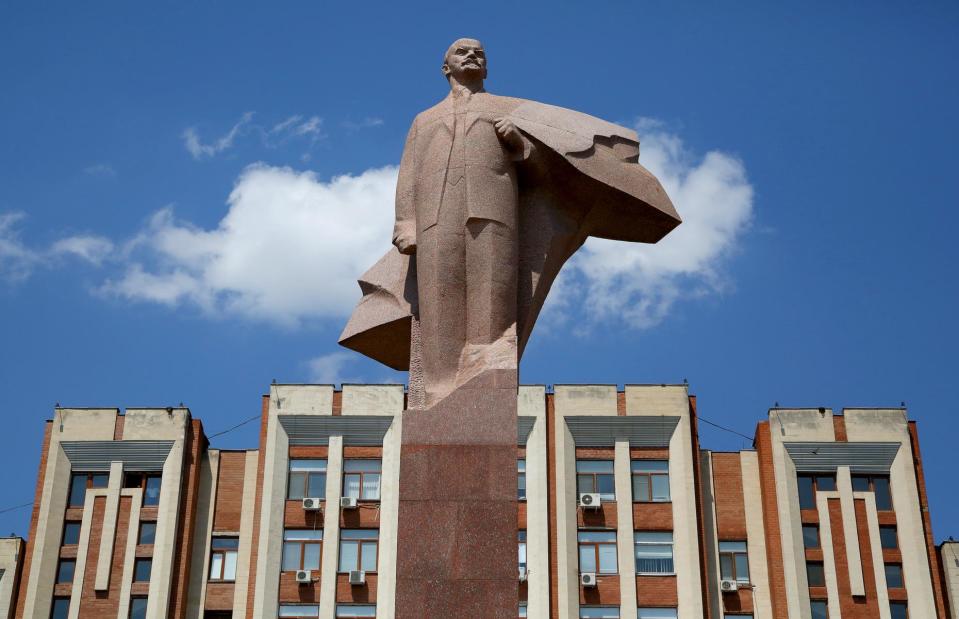
Piktokracja/Shutterstock
The tiny, landlocked region – whose ministry of foreign affairs states it has a population of around 465,000 – borders Ukraine and the Republic of Moldova, and is internationally recognized as part of the latter. Its move to independence was motivated by Moldova distancing itself from the Soviet Union, with a proposal to ban the Russian language the final straw. Moldova’s own declaration of independence – encompassing Transnistria – sparked military conflict in the early 1990s, ended by a July 1992 ceasefire. This photo shows a statue of Vladimir Lenin in front of Transnistria’s parliament building in Tiraspol.
Turkish Republic of Northern Cyprus
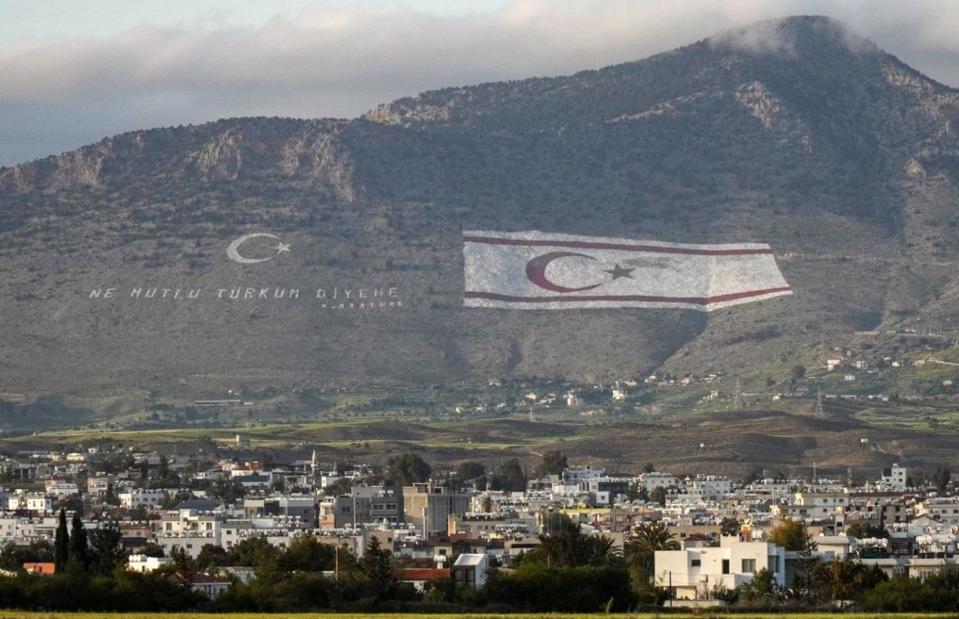
ROY ISSA/AFP via Getty Images
Only Turkey recognizes the Turkish Republic of Northern Cyprus or TRNC, which covers the northeastern part of the Mediterranean island country – pictured is the divided capital Nicosia, with the Turkish and TRNC flags painted on the mountain. Human history on Cyprus stretches back more than 10 millennia and it’s the legendary home of the Greek goddess Aphrodite, though conflict has blighted the paradisiacal landscape for decades. The island was a British colony and became independent in 1960, after which the longstanding tension between the Greek Cypriot majority and Turkish Cypriot minority flared.
Turkish Republic of Northern Cyprus

Authentic travel/Shutterstock
Turkish troops invaded in 1974 and declared a de facto state in the northern portion of the island in 1975. They named the region, which covers around a third of Cyprus, the TRNC and declared its independence in 1983. It was swiftly labelled invalid by the UN Security Council, which passed Resolution 541 to that effect, on the basis that the Turkish claim was incompatible with the 1960 creation of the Republic of Cyprus. Pictured here is the Karpasia or Karpass Peninsula.
Turkish Republic of Northern Cyprus

BIROL BEBEK/AFP via Getty Images
Northern Cyprus is, like most of the island, a hugely popular tourist destination thanks to its golden beaches and striking landmarks like mountaintop Kantara Castle (pictured). The whole island is considered largely safe for visitors, though the Cypriot government considers anyone who enters the country via the disputed northeastern parts to have entered illegally. Cars hired in the south are also often not insured for use in the north, while there are controls and limits on bringing some goods over the so-called Green Line that divides the country.
Turkish Republic of Northern Cyprus
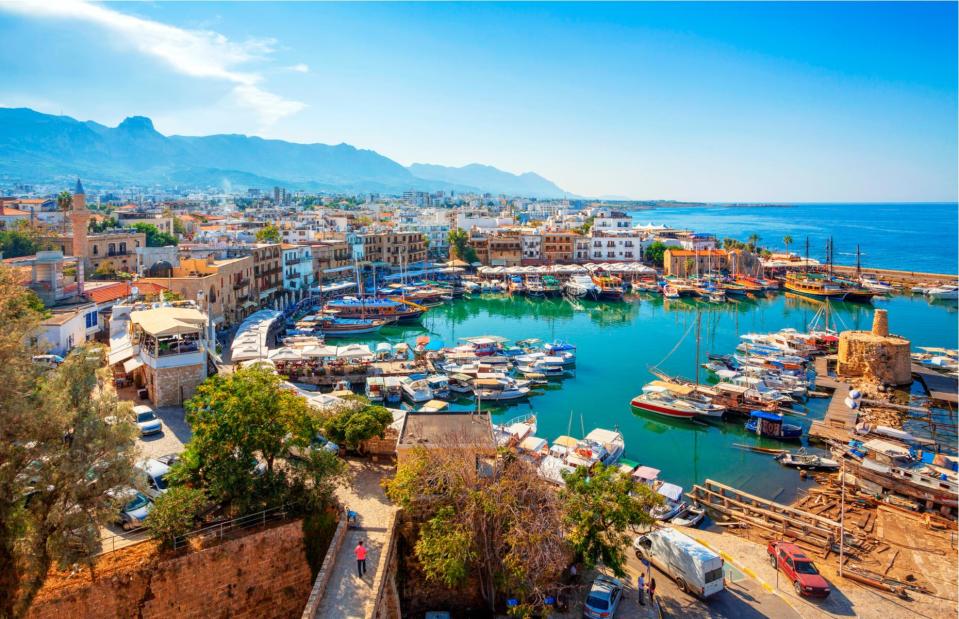
Vladimir Sazonov/Shutterstock
Kyrenia (Girne in Turkish), known for its castle and harbor (pictured), is a district that falls under the control of the TRNC. No other country has recognized the Turkish claim as legitimate and there are growing concerns that the economy is in free fall due to its isolation, with international embargoes in place. The currency, with the Turkish lira introduced soon after independence was declared, is also currently unstable.
Republic of Abkhazia
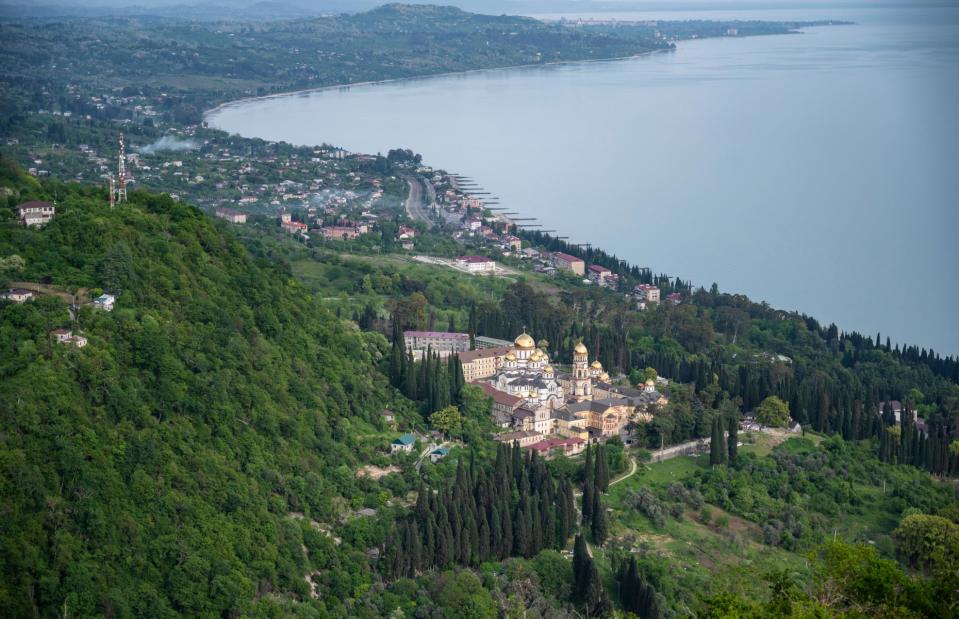
BUTENKOV ALEKSEI/Shutterstock
Abkhazia, or Abkhaziya, is an area of northwestern Georgia that declared itself independent in 1999, following the collapse of the Soviet Union. Few UN member states have recognized it as an autonomous republic. Russia, which has a military presence within the area, is among them – and in fact was the first to recognize the territory’s independence, in 2008, after battling Georgia for South Ossetia, another separatist region. Pictured is the New Athos Monastery and the region’s coastline.
Republic of Abkhazia
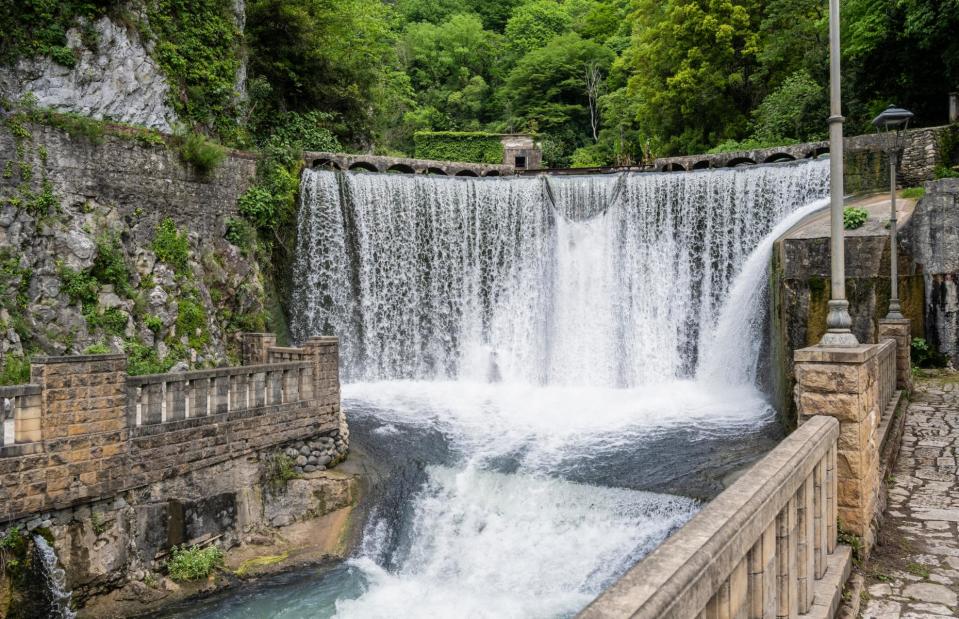
BUTENKOV ALEKSEI/Shutterstock
Other member states to recognize Abkhazia are Nicaragua, Venezuela, Nauru and Syria. It’s thought that the latter offered its recognition due to pressure from Russia, which used military force against Syrian rebels and has supported the Assad government. Georgia has accused the Russian government of offering diplomatic, economic and military aid in return for recognition of Abkhazia and South Ossetia. This photo shows a waterfall in New Athos.
Republic of Abkhazia

Kseniya Krit/Shutterstock
The history of Abkhazia is as complex as its present. An independent kingdom was formed in the 8th century and it later became part of Georgia before again becoming independent in 1463 – and then falling under the rule of the Ottoman Empire in the 16th century. A treaty brought it under a Russian protectorate in 1810 and by 1930 it was an autonomous republic within Georgia. It remained part of Georgia when the country became independent in 1991. Pictured is Lake Ritsa.
Republic of Abkhazia

Pavel Sapozhnikov/Shutterstock
Abkhazia, which has an estimated population of around 243,000, edges the eastern part of the Black Sea with a diverse landscape of beaches (pictured), rivers, hills and a portion of the dramatic Caucasus Mountains. Ethnic Abkhaz people made up a small proportion of the population prior to the early 1990s, and they’re now the majority.
Republic of South Ossetia
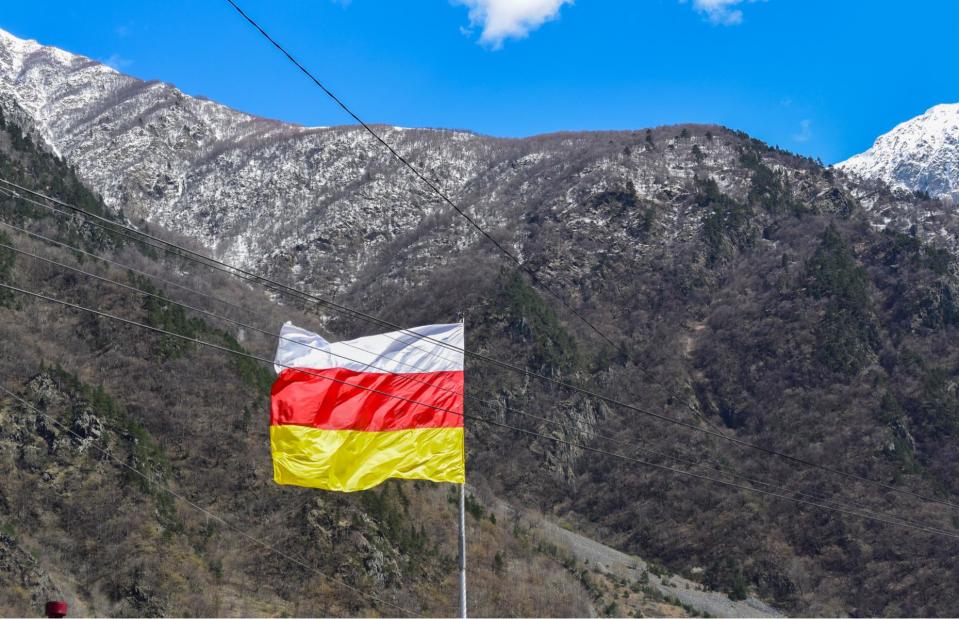
Victoria_Balobanova/Shutterstock
South Ossetia – Yuzhnaya Osetiya in Russian – also lies within Georgia’s borders and declared independence in 2008 (nine years after Abkhazia). The autonomous republic is (similarly to Abkhazia) recognized by a few UN countries including Russia, which has a military presence there and has voiced its support for the separatist region. This photo shows the national flag against the Caucasus Mountains, which dominate the area.
Republic of South Ossetia

Julia_Kotova/Shutterstock
Tensions began in the late 1980s when a separatist movement sought independence from Georgia and unification with North Ossetia–Alania (pictured), which is in Russia. The situation escalated following Georgia’s independence from the Soviet Union in 1991, with heavy fighting between Ossetian and Georgian forces. A ceasefire a year later was followed by a constitution establishing a republic and presidential elections in 1996.
Republic of South Ossetia

MIKHAIL MORDASOV/AFP via Getty Images
The de facto government held a referendum in 2006 with the majority of the population – standing at an estimated 53,000, roughly two-thirds of whom are native Ossetes – voting in favor of independence, though the results and subsequent declaration have not been recognized. Russian forces supported the separatists and took control of the capital, Tskhinvali (pictured), soon afterwards, and another ceasefire has failed to end tensions.
Republic of South Ossetia

Remko Donga/Shutterstock
The majority of the high-lying region, which is on Georgia’s northern border with Russia, is more than 3,300 feet (1,005m) above sea level, with a hilly landscape grazed by sheep and with swathes of dense forest. The landscape is also criss-crossed by rivers, harnessed for hydroelectric power. Pictured is the Truso Valley, a popular hiking area in Georgia that’s right by the border with South Ossetia.
Republic of Somaliland
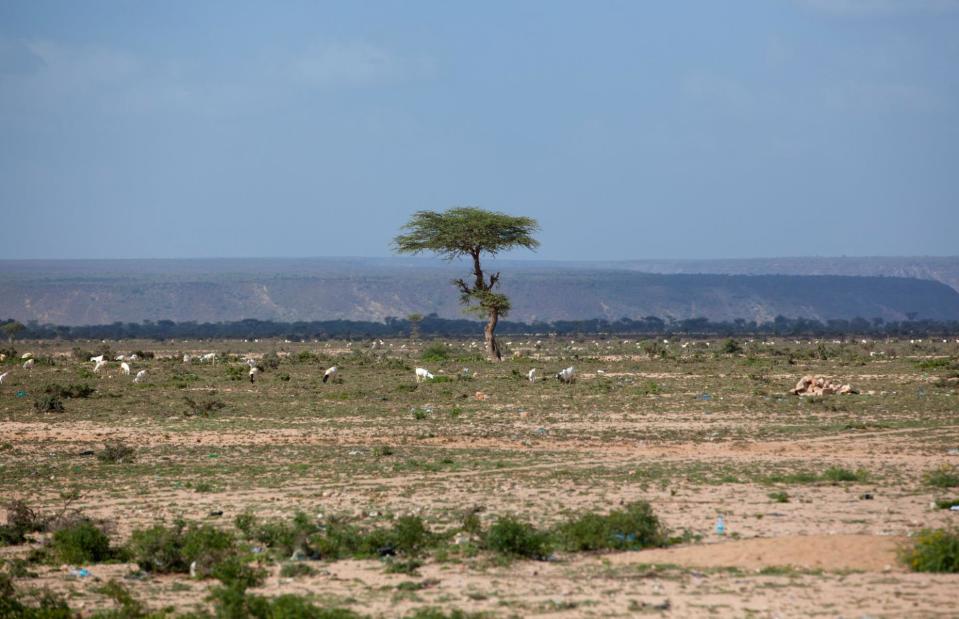
ERIC LAFFORGUE/Alamy
The Republic of Somaliland declared independence from Somalia, East Africa in 1991, but has never been recognised as an independent nation by any other country – making it the only place to have zero international support despite having its own currency, laws and institutions. Brazilian author Guilherme Canever, who visited Somaliland in 2009 and wrote about it in his book Unrecognized Nations: Travels to Countries That Do Not Exist, described how the territory’s status – or lack thereof – was causing economic issues.
Republic of Somaliland
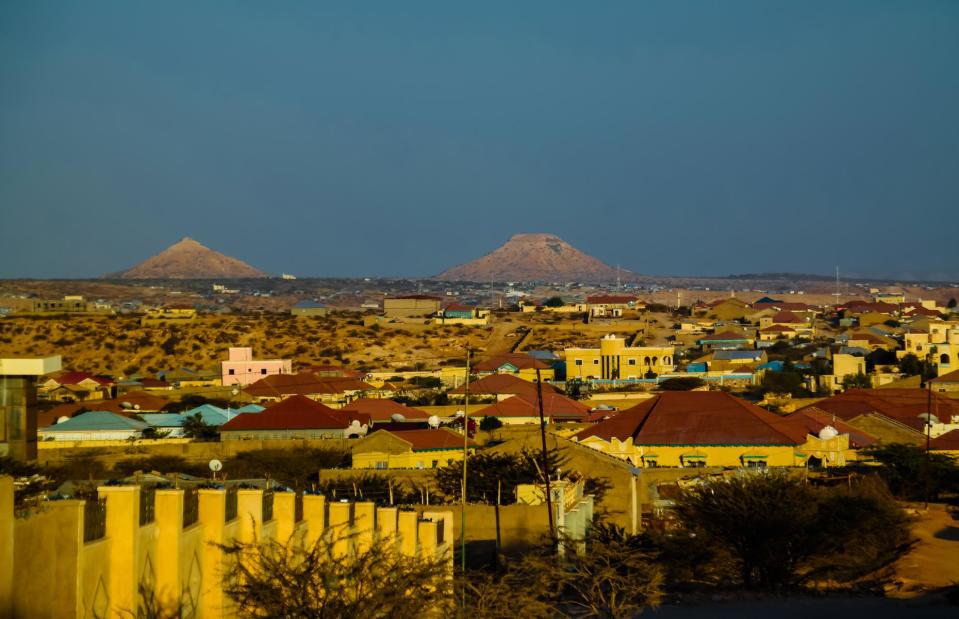
Homo Cosmicos/Shutterstock
In the Horn of Africa and on the southern coast of the Gulf of Aden, the Republic of Somaliland – whose capital, Hargeisa, is pictured here – borders Djibouti and Ethiopia. Adding to the confusion, Somaliland was historically the name of the area that now consists of Somalia and Djibouti. The republic was established in the aftermath of the civil war that ravaged Somalia in the 1980s, leading to the government being overthrown in 1991.
Republic of Somaliland
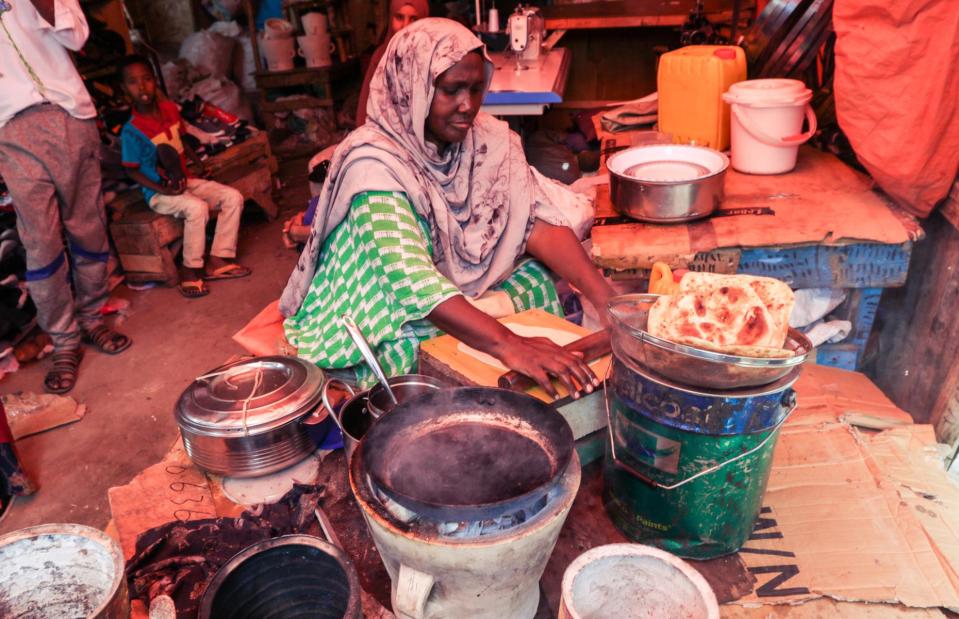
Dave Primov/Shutterstock
Opposition group the Somali National Movement took over the area that was previously British Somaliland and declared it an independent state. Despite the absence of international recognition, the region was relatively stable until 1998 when Puntland, an area in the northeast, declared itself to be an autonomous region and battled with Somaliland over territory. It’s an ongoing dispute that remains unresolved. The photo shows a food market in Hargeisa.
Republic of Somaliland
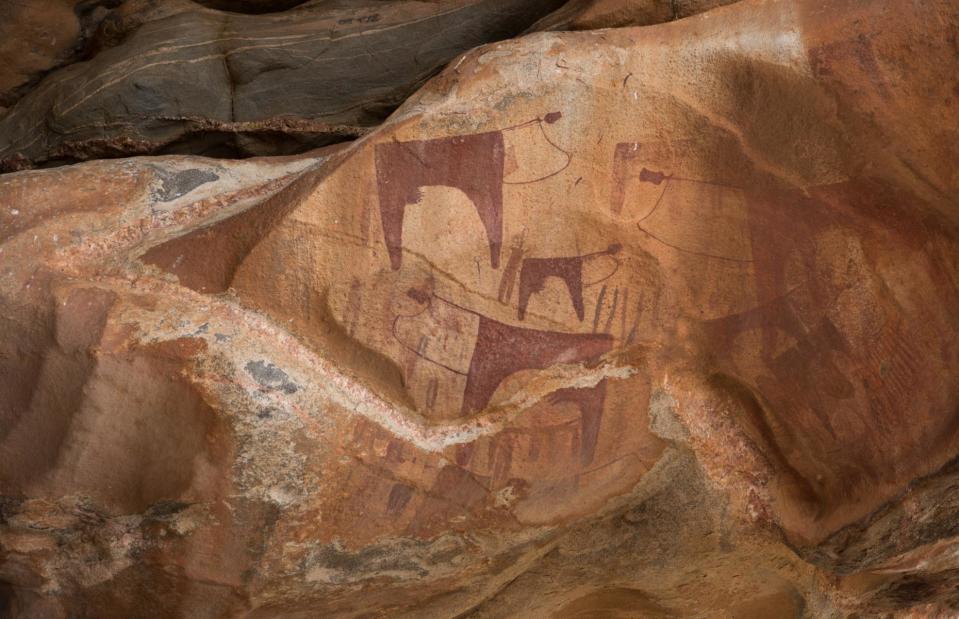
mbrand85/Shutterstock
A 2001 referendum demonstrated that Somaliland’s population supported independence, though again this has never been recognized as valid – and the region’s government has rejected invitations to peace talks aimed at reunification with Somalia. This photo shows the Laas Geel cave paintings, believed to be the earliest examples of rock art in the region – between 5,000 and 10,000 years old.
Republic of Kosovo
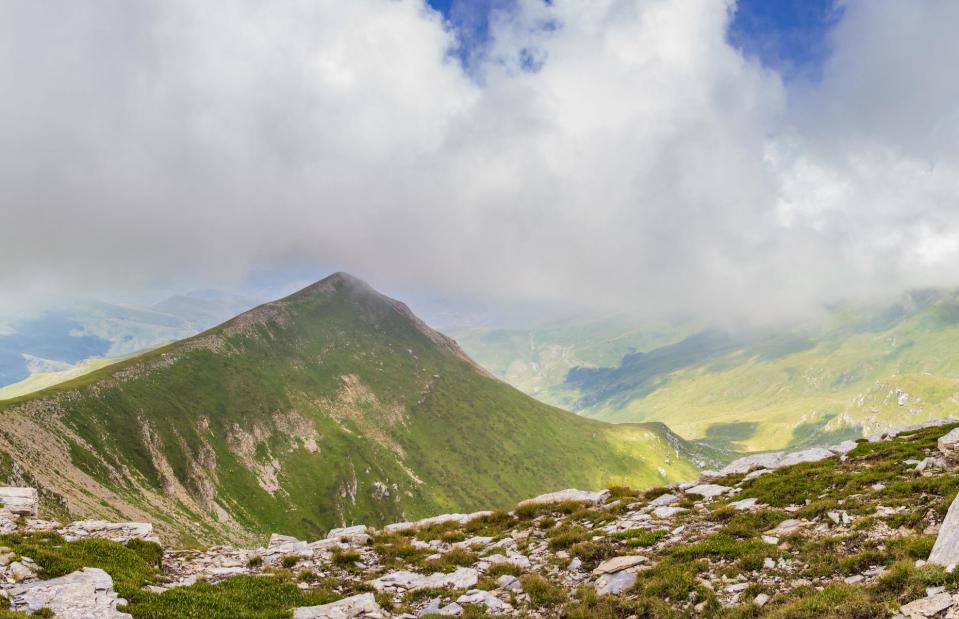
Edvin Rushitaj/Shutterstock
Kosovo declared independence from Serbia in 2008 following more than a decade of civil war and oppression at the hands of Serbian president Slobodan Milošević. The republic has a stronger position than many places on our list as it’s actually recognised and supported as an independent country by just over half of all UN member states including the US, Canada and most European nations. This photo shows mountains near the village of Brod.
Republic of Kosovo
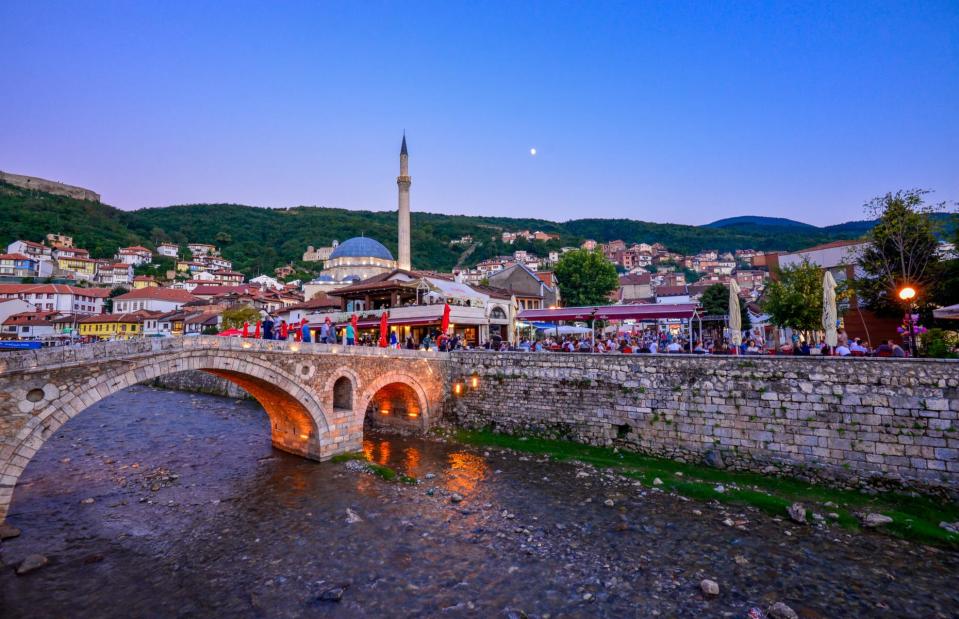
Farris Noorzali/Shutterstock
The country’s own membership to the UN was not granted, however, due to opposition from countries including Russia and Serbia. The area’s tenuous status stretches back centuries. Ruled by the Ottoman Empire for more than 400 years until Serbia took control in 1913, after the First Balkan War, Kosovo was initially partitioned between Serbia and Montenegro and became part of the region later named Yugoslavia. Pictured is the old town of Prizren, Kosovo’s second-most populous city.
Republic of Kosovo

Andrii Lutsyk/Shutterstock
The Second World War saw it become part of Italian-occupied Albania and then fall under Nazi rule before finally becoming an autonomous province of Serbia within Yugoslavia. Kosovan Albanians’ calls and protests for full republic status were violently quashed and Milošević rose to power on the back of promises to support Kosovo’s Serbian minority and by whipping up paranoia against ethnic Albanians. (Pictured: a monument to Ismail Qemali, the first prime minister of independent Albania from 1912, in front of a youth and sports center in Pristina.)
Republic of Kosovo

Gentrit Sylejmani/Shutterstock
A campaign of terror ensued and, with peaceful resistance failing to end it, the Kosovo Liberation Army (KLA) formed in the Nineties. The Serbian president’s brutality against the KLA and Kosovo’s civilians sparked NATO intervention and airstrikes. Kosovo moved towards independence under UN supervision, though Serbia continues to view the mountainous region as part of its territory. This photo shows a waterfall on the White Drin river, close to the village of Radavc.
Republic of Artsakh
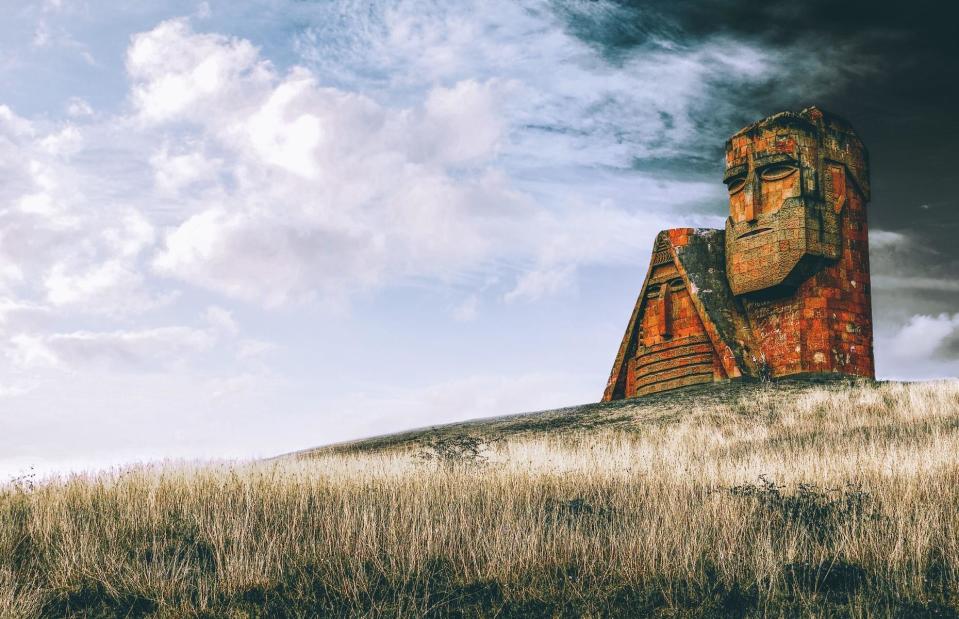
Hayk Shalunts/Alamy
Like a few entries on our list, the Republic of Artsakh (also known as Nagorno-Karabakh) declared independence following the collapse of the Soviet Union – and at around the same time as Azerbaijan, within whose borders it falls. This photo shows We Are Our Mountains, a huge, striking monument just north of the republic’s capital, Stepanakert. Depicting a man and woman hewn from volcanic tufa, it was erected in 1967 and has become a national symbol.
Republic of Artsakh
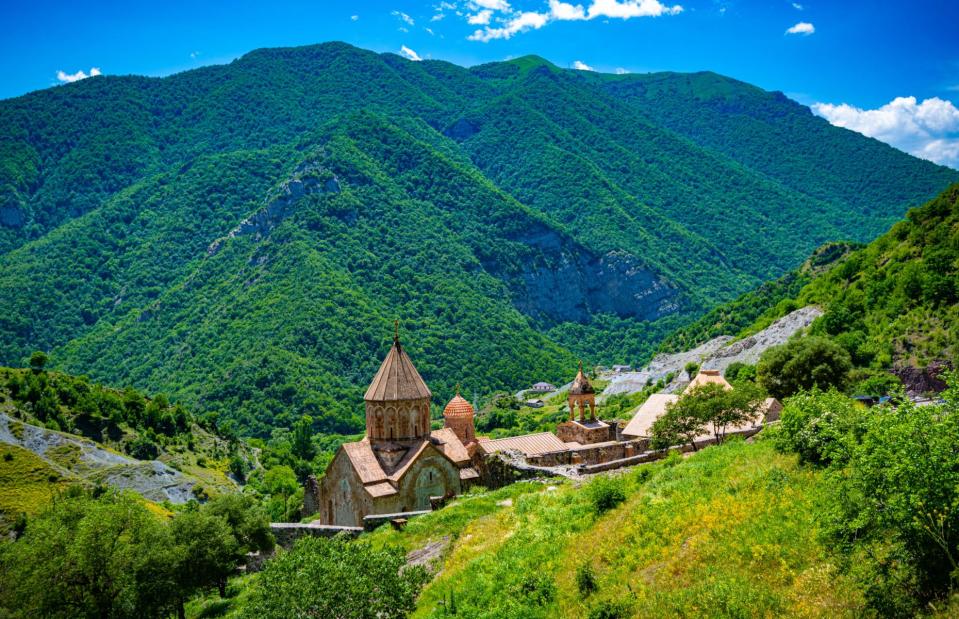
Fly Of Swallow Studio/Shutterstock
The enclave was the site of conflict between Armenia and Azerbaijan, with ethnic Armenians of the Nagorno-Karabakh wanting to split from the latter, in the early 1990s. The region declared itself an independent republic in 1992 and has since held elections, though it remains without international recognition. Fighting flared in 2020 and the area is currently under the guard of Russian peacekeeping forces as part of a ceasefire agreement. Pictured is the Monastery of Dadivank, surrounded by verdant mountains.
Republic of China

Lifestyle Travel Photo/Shutterstock
More commonly referred to as Taiwan, the Republic of China or ROC views itself as a separate nation to the People’s Republic of China (PRC) – though it is not officially a country. Historically, Taiwan was self-governing until the 17th century when it briefly became a colony of the Netherlands. It eventually fell under Chinese rule until 1895, when Japan won the First Sino-Japanese War and China was forced to hand over the island of Taiwan. Pictured is the capital, Taipei.
Republic of China

f11photo/Shutterstock
The ROC was formed in 1912 and, following Japan’s surrender after the Second World War, was recognised by the majority as the sole government of China, ruling Taiwan with the consent of allied nations the UK and US. The situation became even more complex, however, with the rise of Communist leader Mao Zedong, who forced China’s former leader Chiang Kai-shek and his troops to flee to Taiwan in 1949. In the same year, the PRC was formed. Pictured is the temple at Jiufen Old Street in Taipei.
Republic of China
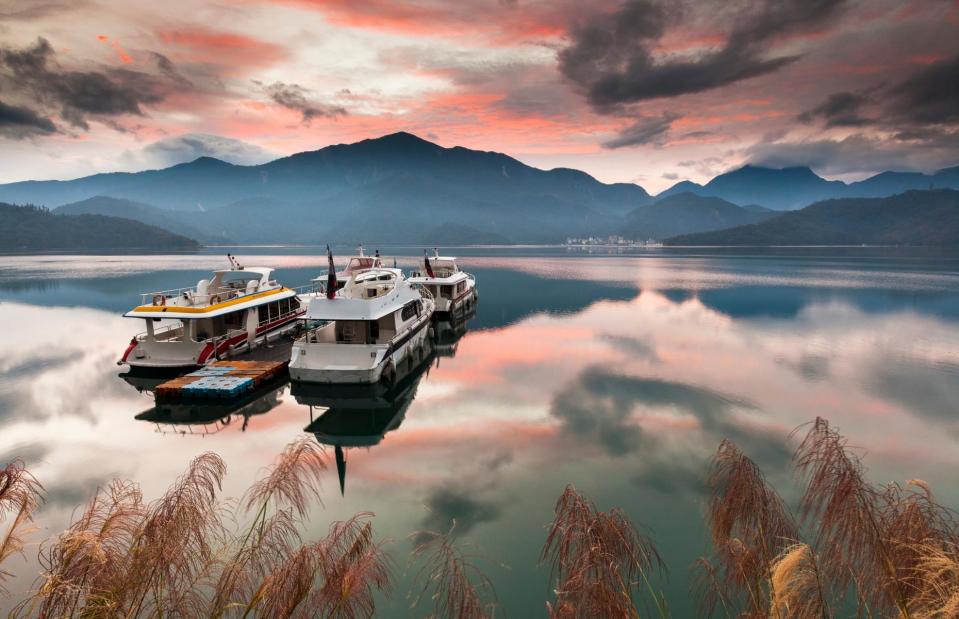
higrace/Shutterstock
The ROC has been based on Taiwan ever since, though the political situation has been far from static. Chiang Kai-shek’s son, Chiang Ching-kuo, began the move away from authoritarian rule, a process furthered by constitutional changes introduced by President Lee Teng-hui, who ruled from 1988 to 2000. The first democratic election saw Chen Shui-bian come to power that year. The photo shows Sun Moon Lake in the foothills of Taiwan’s Central Mountain Range.
Republic of China

Kanisorn Pringthongfoo/Shutterstock
Despite periods when tensions have eased – and attempts by the PRC to establish a system whereby Taiwan or the ROC could have a certain degree of autonomy provided they accepted reunification – the split remains and the latter’s status as a sovereign nation is still under question. Currently, around 15 countries recognize the ROC government on a diplomatic level, and its attempts to join the UN, including under the name Taiwan, have so far failed. However, US President Joe Biden has pledged to help Taiwan defend itself if necessary. Pictured is the archway at National Chiang Kai-shek Memorial Hall, honoring the former leader.


